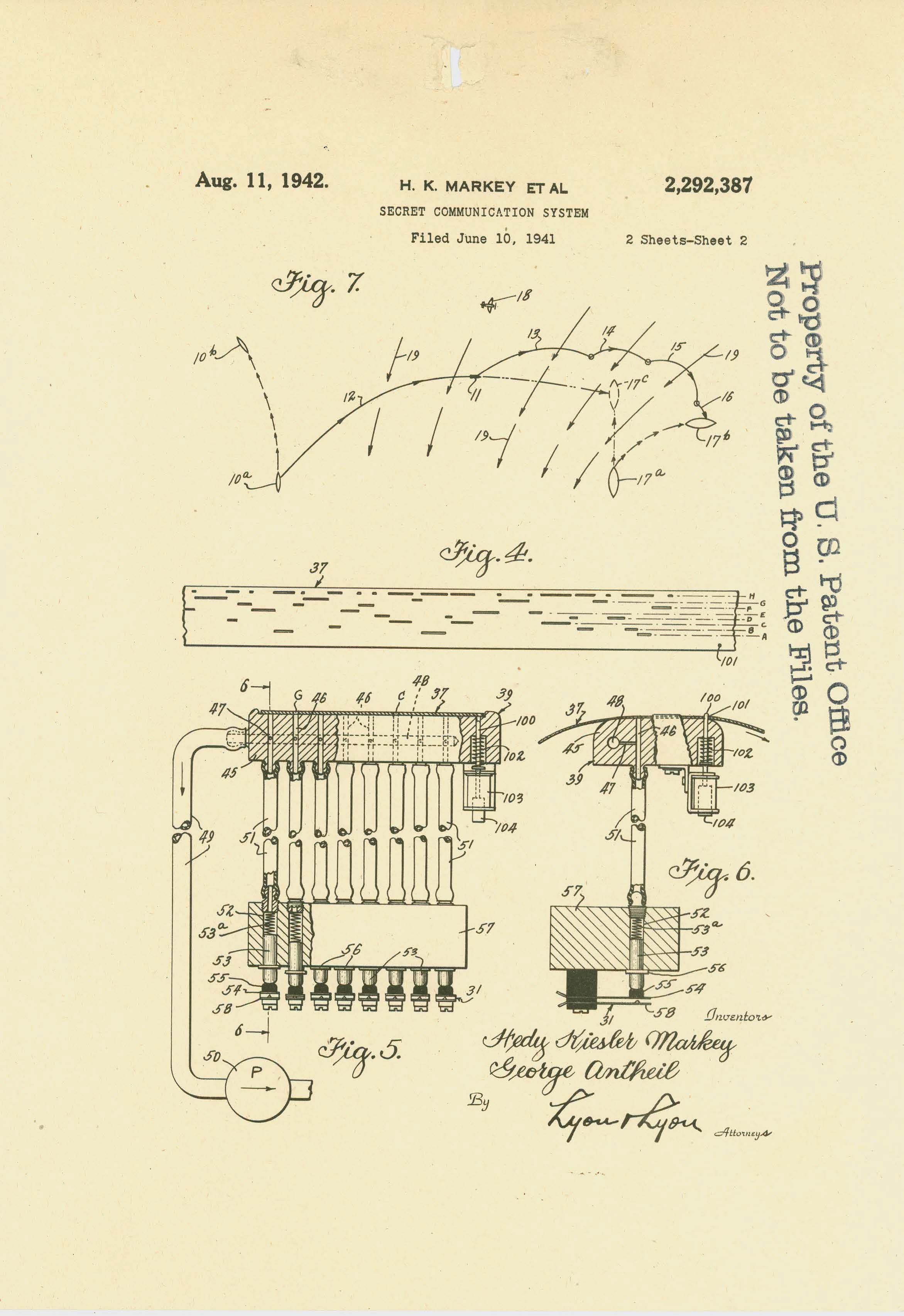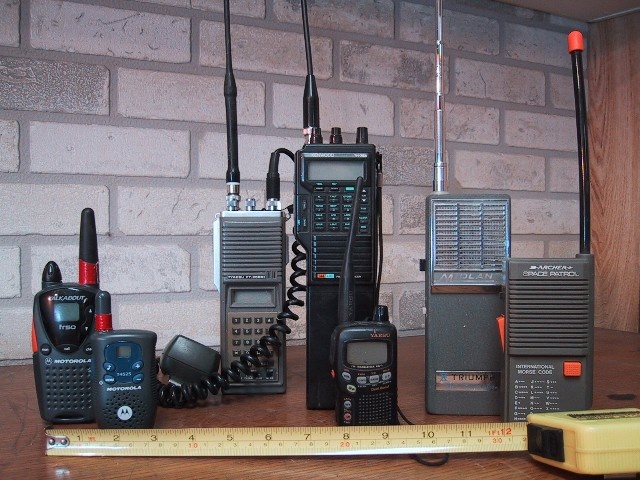
Hedy Lamarr was no stranger to accolades and awards. For most of her life, she was primarily recognized for her film work, winning awards like “most beautiful actress”. It wasn’t until 1997 that she was finally recognized for her contributions to science, when she was awarded the Electronic Frontier Foundation’s Pioneer Award. In response, Lamarr reportedly exclaimed, “It’s about time.” Let’s take a closer look at the inventor responsible for the precursor to Wi-Fi, Bluetooth® technology, and secure communications systems.
Who Was Hedy Lamarr?
Hedy Lamarr was born on November 9, 1914, in Austria as Hedwig Eva Maria Kiesler. Her father was a bank director and her mother was a concert pianist. She lacked a formal education in engineering, but was an extremely curious individual and asked questions about the technology she saw around her, often while on walks with her father. Thanks to her mother, Lamarr received an education in ballet and piano, introducing her to the arts at a young age. As a movie star, Lamarr frequently won awards for her appearance and performances. However, her interests clearly lied elsewhere: Lamarr had a design desk built into her trailer for breaks between filming, where she sketched ideas for a fluorescent dog collar and a modified stoplight.

Heddy Lamarr in 1944. Photo in the public domain via Wikimedia Commons.
The Invention of Frequency Hopping
Lamarr eventually moved to America, where she continued her acting career and changed her name to Hedy Lamarr. While there, she met George Antheil, a composer who had previously developed technology that would play multiple pianos and instruments in sync. Noticing an issue with the targeting systems of Navy torpedoes, Lamarr and Antheil adapted the technology for use during wartime. This device set the radios within torpedoes and ships to swap frequencies at the exact same time, much like playing pianos in unison, making it difficult for the signal to get jammed or tracked. This functionality came to be known as frequency hopping.

U.S. Patent US2292387A for the frequency hopping device developed by Lamarr and Antheil. Photo in the public domain via Wikimedia Commons.
Initial responses to the project seemed promising, and the pair got support from the National Inventors Council, a group dedicated to bringing civilian inventions to the attention of wartime officers and engineers. However, once the Navy received the final patent, they were not receptive, rejecting their proposal and claiming the device was too large to function inside torpedoes. Following the rejection, Hedy Lamarr stopped inventing and focused on her acting career.
The Technology that Inspired Wi-Fi and Spaceships
Lamarr and Antheil didn’t receive much recognition for their invention, but it was eventually adapted for further military and civilian uses. In the late 1950s, the invention of the transistor allowed frequency hopping devices to be produced on a much smaller scale. This allowed them to be implemented in more devices, such as military radios and satellites. Moving closer to the present, technology like certain early Wi-Fi and Bluetooth® devices used frequency hopping technology to remain secure and operate faster by avoiding crowded frequencies.

Some two-way radios employ frequency hopping technology. Photo in the public domain via Wikimedia Commons.
Much later in life, Lamarr gained recognition for the work she’d done, earning the Pioneer Award, a Gnass Spirit of Achievement Award, and the Viktor Kaplan Medal of Patent Holders and Inventors. Following her passing, her legacy would live on in the name of a quantum telescope, as referenced in the television series Star Trek: Prodigy as a fictional spaceship name, and by being inducted into the National Inventors Hall of Fame.
Further Reading
Interested in learning about other impactful inventors? Check out the blog posts below:
- Happy Birthday, Marie Van Brittan Brown
- Happy Birthday, Mary Anderson
- Happy Birthday, Charles F. Brush
The Bluetooth word mark is a registered trademark owned by Bluetooth SIG, Inc.



Comments (0)